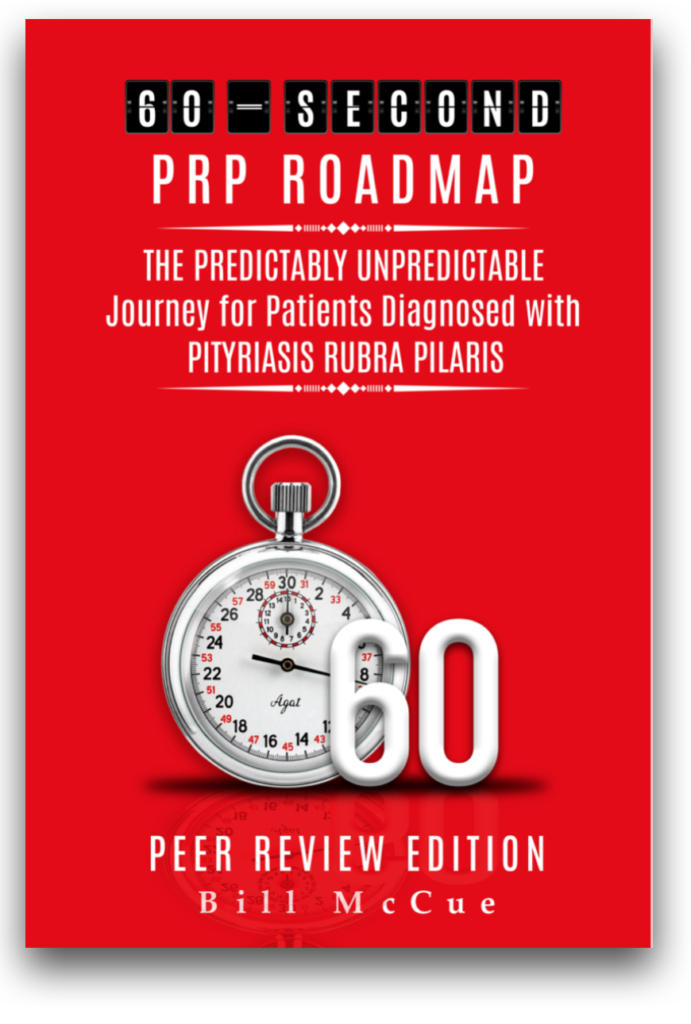03.00.03 PRP & Treatment
EDITOR’S NOTE
The PRP Alliance’s MISSION STATEMENT has three separate “objectives”: (1) To improve the diagnosis of PRP; (2) To identify options for the successful treatment of PRP symptoms; and (3) To promote meaningful research on PRP.
The following article focuses on the second mission: To identify options for the successful treatment of PRP symptoms.
We need more treatment options
In general, there are two major objectives in the treatment of pityriasis rubra pilaris:
✴relieving symptoms as they present
✴achieving long-term remission
It is critical that PRP-savvy dermatologists broaden their scope of treatment options to consider drugs that are already working for some PRPers. It is also beneficial for PRPers to become their own advocates and ask why some medications are being considered while others are not. Prescription treatment options include:
Oral retinoids to slow the growth and shedding of skin cells
✴acitretin/Soriatane®
✴isotretinoin/Accutane®
Immunosuppressants to slow down the body’s immune system
✴methotrexate (oral and injection)
✴cyclosporine (oral and injection)
Biologics with generally fewer side effects, targeted to reduce inflammation
✴adalimumab/Humira®
✴etanercept/Enbrel®
✴infliximab/Remicade®
✴ustekinumab/Stelara®
✴secukinumab/Cosentyx®
✴apremilast/Otezla®
Other Considerations
Lab tests to monitor the effects of medications on the body and efficient management of drug side effects are important follow-up issues that will concern any PRPer who is under a doctor’s care. Non-prescription therapies include topical creams and ointments, over-the-counter products and alternative medicine remedies or ingesting no medicines at all.
The Land of Chat
As the “Land of Chat” continues to grow in membership (440 as of June 5, 2015), the opportunity for PRPers to better understand treatment options grows as well.
Over the past few months “Facebookers” have adopted a new paradigm: share and learn. In addition to the hugs and positive thoughts that support us all when we are down, there has been a dramatic increase in the sharing of specifics, especially the efficacy of drugs and what we can learn from our dermatologists.
The path forward is simple:
As published in On the Road… June 2015
